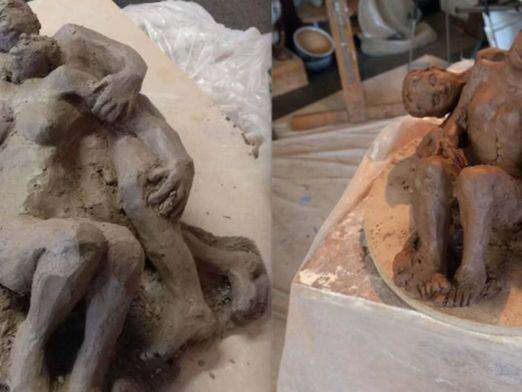Spotting Trends Among Older Voters
As the dust settles in the wake of the 2020 elections, and we come to understand more about the country’s voting patterns, it has become clear that older voters were an important contingent.

As the dust settles in the wake of the 2020 elections, and we come to understand more about the country’s voting patterns, it has become clear that older voters were an important contingent.
Year after year, older Americans are a powerful voting bloc because they consistently turn out in much higher numbers than their younger counterparts. Despite comprising about the same share of the population of eligible voters, older adults made up 31% of all voters, while under-30s made up only 11%.
Not only do older Americans tend to turn out to vote, but as a demographic, they’re growing in size; on both sides of the aisle, the proportion of voters 50+ is up at least 10 percentage points from 1996. This lines up with broader trends in the country’s population: more older Americans means more older voters.
Older voters hold particular sway in Florida, one of the country’s key swing states. With one of the highest median ages in the country, older voters concentrated here have made their voices heard election after election, helping decide outcomes like George W. Bush’s reelection in 2000.
But who do older voters tend to vote for? Of course, it depends on the person and the year. But all told, in both 2016 and 2020, Donald Trump tended to get more support from voters aged 65+ than from younger voters—both years, his share of the 65+ vote was 52%, compared to 47% of the total popular vote.
These voting patterns vary quite a bit by race, however. For example, while around 57% of older white voters favored Trump both times, a mere 7% of older black voters did.
In fact, among black voters, the trend that older voters vote blue less often than younger ones gets flipped completely on its head. Black voters ages 65+ were less likely to vote for Trump than any other age-race-group—even less than black voters in the 18-29 range.
While these trends were all continuities between 2016 and 2020, there were also some important changes in older voters’ behavior that helped shape this year’s outcome.
One key shift happened in Michigan: while older voters favored Trump in 2016, they flipped in 2020, helping fuel the red-to-blue flip that took place throughout the state and was important in securing Biden’s victory.
Another key shift happened within the Latino demographic, but in the other direction. In 2016, Latino voters ages 65+ voted for Trump just 23% of the time. But in 2020, their support rose to 40%—one of the biggest shifts in any demographic’s voting patterns between the two elections.
While many analysts have identified this rise in Latino support for Trump and tried to explain it, few have focused on the fact that the entire shift was driven by the 65+ demographic. While 65+ was previously the least likely Latino age-group to vote for Trump, in 2020 they were the most likely, with support from Latino voters in all of the other age brackets remaining about the same. Some analysts have pointed to a rise in Trump’s anti-socialism messaging and its resonance with Cuban-Americans in Florida to explain the shift. Whatever was behind it, it evidently influenced the older cohort disproportionately.
Across the board, older voters played a key role in this election. Did you vote? If so, did you feel safe going to the polls, or did you opt to vote by mail? Share your experiences in the comments below.














There are no comments for this article yet. Be the first to leave a comment